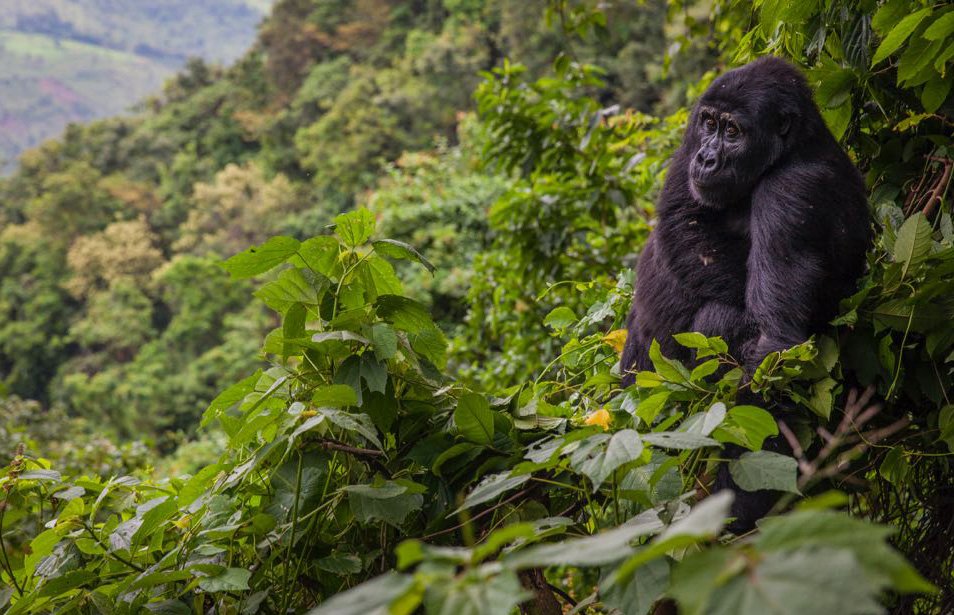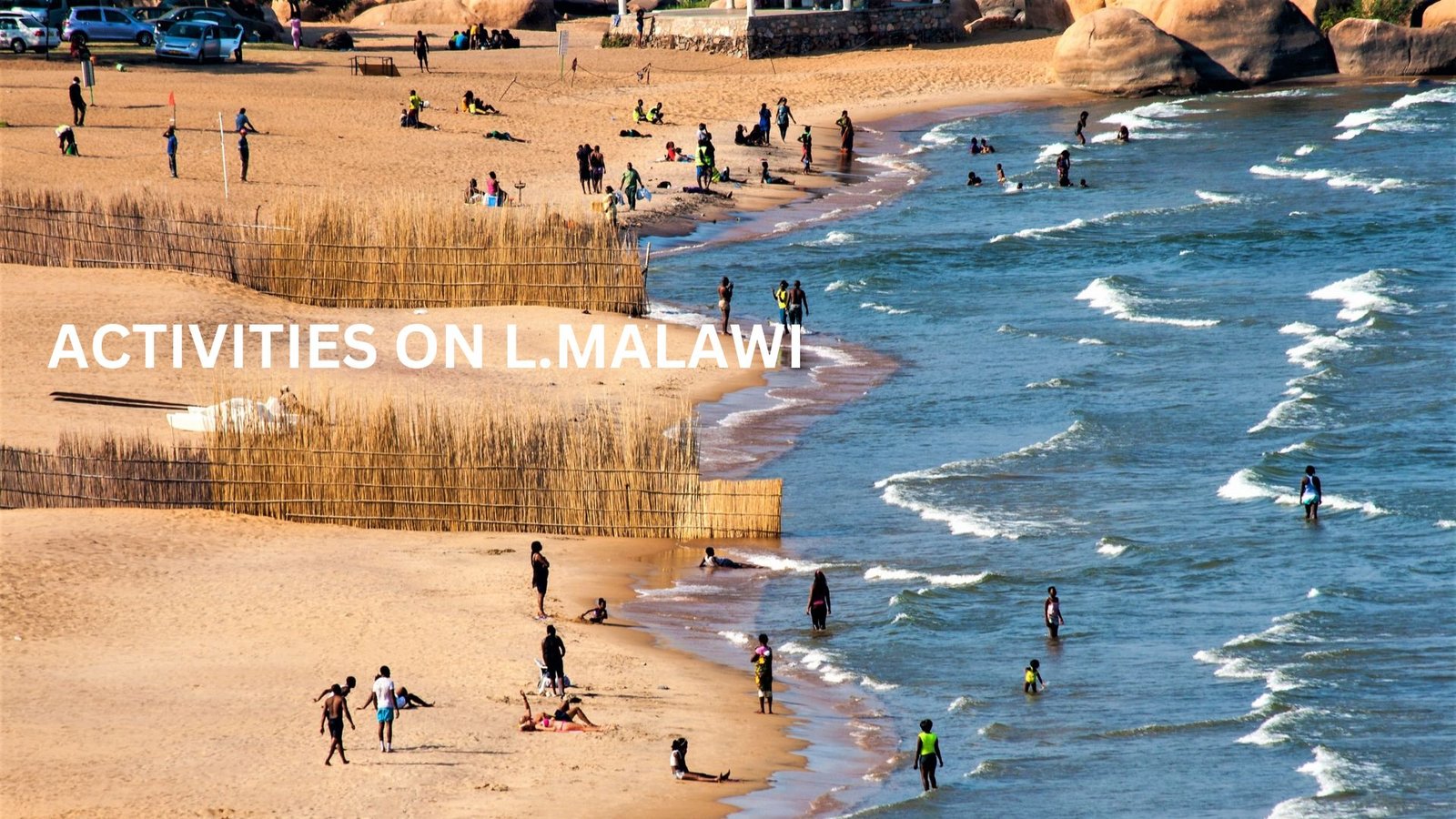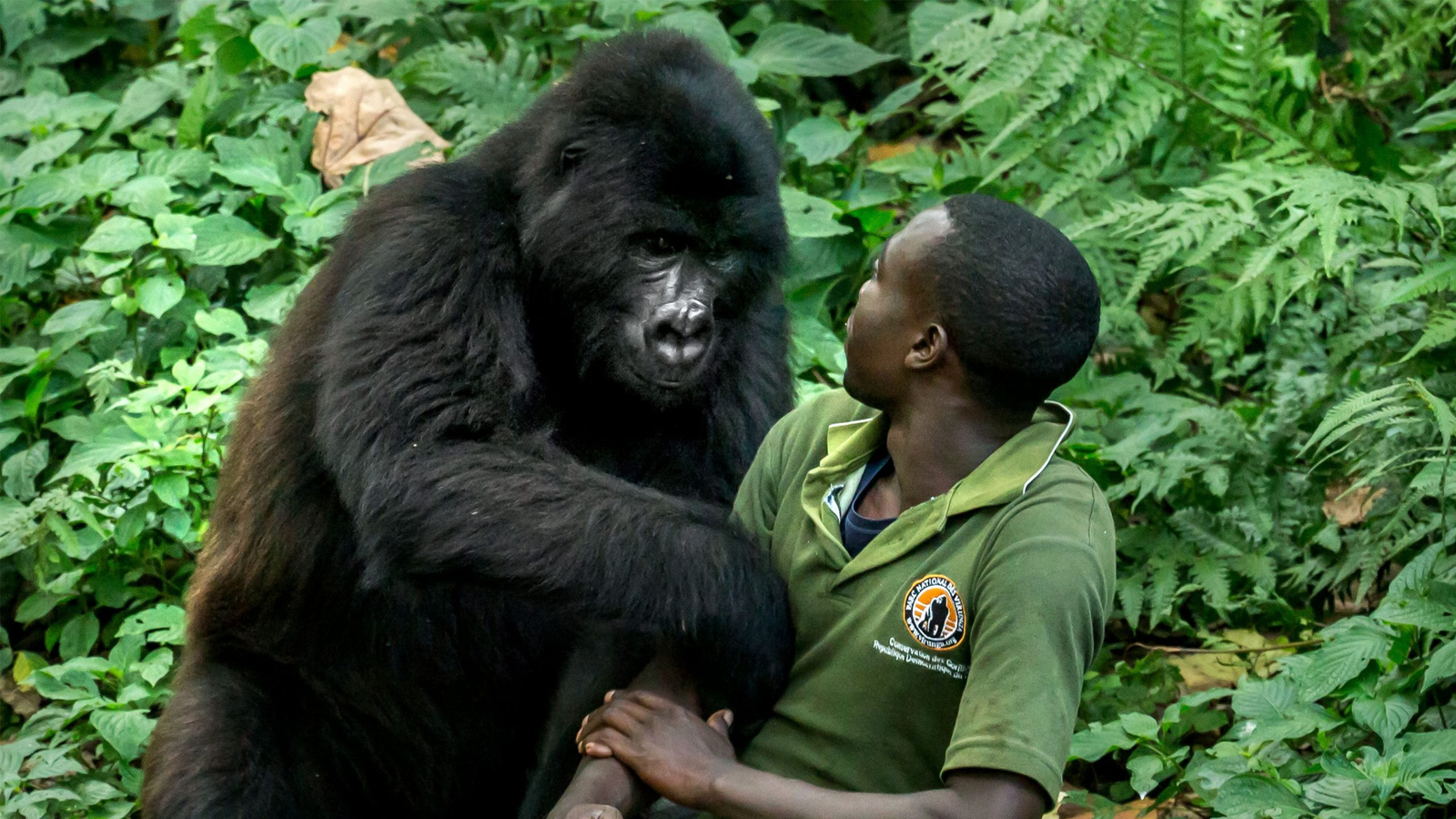
Size and Geography:
Let us delve deeper into the size of Bwindi Impenetrable National Park and what it entails: Extent and Boundaries: Bwindi Impenetrable National Park is situated within the southwestern region of Uganda, bordering the Democratic Republic of Congo (DRC) to its west. The park’s boundaries encompass an area of approximately 331 square kilometres (128 square miles). It is part of the larger Bwindi Impenetrable Forest Conservation Area, which also includes the Mgahinga Gorilla National Park in Uganda and extends into the Virunga Mountains region shared with Rwanda and the DRC.Physical Characteristics:
The park’s landscape is characterized by its rugged topography and varied altitudes, ranging from approximately 1,160 meters (3,810 feet) to 2,607 meters (8,553 feet) above sea level. This elevation range contributes to the formation of different ecological zones, each supporting distinct flora and fauna. The terrain is composed of steep hills, deep valleys, and dense vegetation, which collectively contribute to the park’s name, “Impenetrable.”Ecosystem Diversity:
Bwindi Impenetrable National Park encompasses a diverse array of ecosystems, each associated with specific altitudinal ranges:Lowland Forests:
The lower elevations are characterized by tropical lowland forests, with a mix of tree species adapted to the warmer and more humid conditions.Montane Forests:
As the elevation increases, the park transitions into montane forests. These areas are cooler and support a unique blend of plant and animal species.Bamboo Forests:
The mid-altitude regions are dominated by bamboo forests, providing habitat for various wildlife species, including the mountain gorillas.Sub-Alpine Zones:
At higher altitudes, the park features sub-alpine zones with open grasslands and unique flora adapted to the colder conditions.Water Bodies and Rivers:
Bwindi Impenetrable National Park is crisscrossed by numerous streams and rivers that contribute to its rich biodiversity. These water sources provide hydration for wildlife, facilitate plant growth, and contribute to the overall health of the ecosystems.- Mukurwe River: This river flows through the northern part of the Bwindi Impenetrable National Park and serves as an important water source for the park’s ecosystem.
- Ivy River: The Ivy River flows through the park, providing water and contributing to the park’s biodiversity.
- Nteko River: This river is another important water source in the park, contributing to the lush vegetation and diverse wildlife.
- Munyaga River: The Munyaga River is located within the park and is essential for maintaining the ecological balance of the area.
- Muzabibu River: This river could potentially be found within or near the park, adding to the network of water bodies that support the local flora and fauna.
- Buhoma River: Another possible water body within the park, the Buhoma River likely plays a role in sustaining the park’s unique environment.
Conservation and Research:
The park’s diverse geography has made it a prime location for research and conservation efforts. Scientists and researchers study its ecosystems, flora, and fauna to better understand the delicate balance of its natural processes. Conservation initiatives focus on protecting the critically endangered mountain gorillas and their habitat, as well as preserving the broader biodiversity of the area. In summary, Bwindi Impenetrable National Park’s size and geography play a pivotal role in shaping its unique ecosystems and supporting its diverse range of species. The park’s varying altitudes, rugged terrain, and extensive vegetation contribute to its significance as a global biodiversity hotspot and a critical sanctuary for the endangered mountain gorillas, Bwindi Impenetrable National Park covers an area of approximately 331 square kilometres (128 square miles). The park’s name, “Impenetrable,” reflects its dense, lush vegetation, which consists of thick undergrowth, vines, and a variety of trees, making it a challenging terrain to navigate.Biodiversity:
Bwindi is recognized as one of the most biologically diverse areas on the planet due to its various ecosystems, altitudinal variations, and geographical location. It’s home to more than 120 species of mammals, over 350 species of birds, and a wide array of butterflies, reptiles, and amphibians. However, one of the park’s most notable inhabitants is the critically endangered mountain gorilla (Gorilla beringei beringei). Bwindi is estimated to host around half of the world’s remaining population of mountain gorillas, making it a vital sanctuary for these incredible creatures. The park provides a crucial habitat for their survival and has played a significant role in their conservation.Conservation and Ecotourism:
Conservation and ecotourism are closely intertwined in Bwindi Impenetrable National Park, and both play significant roles in maintaining the park’s size, ecological integrity, and long-term sustainability. Let’s explore how conservation efforts and ecotourism contribute to the park’s size and overall well-being:- Protected Area Status: Bwindi Impenetrable National Park is designated as a protected area, which means that it is legally established and managed for the conservation of its biodiversity, ecosystems, and cultural heritage. This protected status helps ensure that the park’s size and boundaries are preserved, minimizing encroachment and habitat loss.
- Habitat Conservation: The primary goal of conservation efforts in Bwindi is to protect and preserve its unique montane and lowland rainforest habitats, as well as the critically endangered mountain gorilla population that resides within the park. By safeguarding these habitats, conservation initiatives contribute to maintaining the park’s size and preventing habitat degradation.
- Anti-Poaching Measures: Conservation efforts often involve implementing anti-poaching measures to protect wildlife from illegal hunting and poaching. These measures help maintain the park’s biodiversity by preventing the decline of key species. Effective anti-poaching efforts contribute to the overall health of the ecosystem and ensure that the park’s size is sustained.
- Community Engagement and Livelihoods: Many conservation programs in Bwindi National Park involve local communities in sustainable natural resource management and livelihood development. By providing alternative income sources such as ecotourism-related activities, communities are incentivized to support conservation efforts. This reduces pressure on the park’s resources and helps maintain its size.
- Ecotourism Revenue: Ecotourism is a major source of funding for conservation activities in Bwindi. Revenue generated from responsible and well-managed ecotourism activities, such as gorilla trekking and guided nature tours, contributes to the park’s maintenance, anti-poaching efforts, and community development initiatives. This financial support aids in keeping the park’s size intact and its ecosystems healthy.
- Research and Monitoring: Conservation programs often involve ongoing research and monitoring of the park’s ecosystems and wildlife. This helps gather essential data for informed decision-making and adaptive management strategies. Research contributes to maintaining the park’s size by ensuring that management practices are based on scientific knowledge.
- Education and Awareness: Conservation and ecotourism initiatives often include educational programs that raise awareness about the importance of biodiversity and ecosystem protection. By fostering a sense of stewardship and appreciation among visitors and local communities, these programs contribute to the long-term preservation of the park’s size and ecological values.




